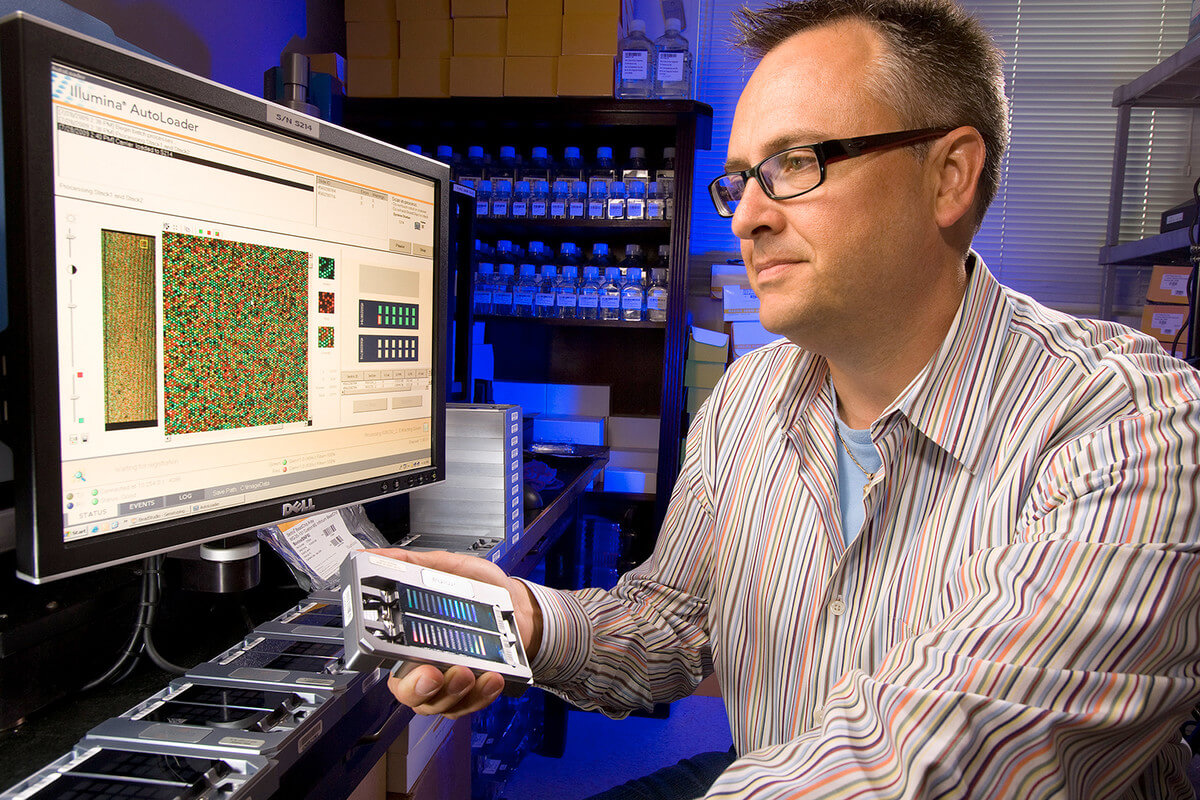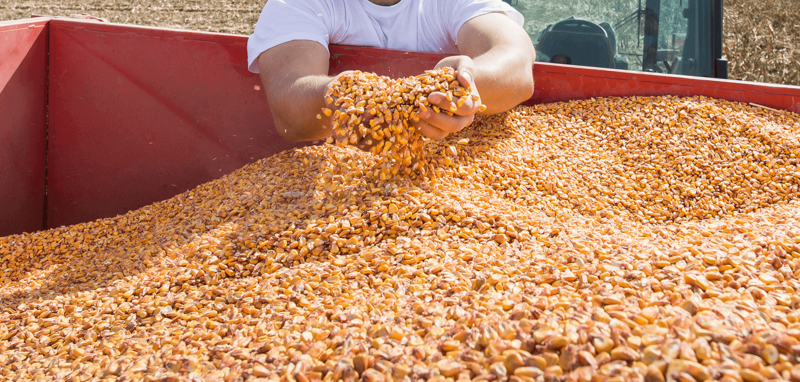And yet, after all those thousands of years of cultivation, just two main genes are thought to be responsible for the evolution of the corn we eat today. Selective breeding is painstakingly slow and imprecise.
But that’s all about to change.
New gene editing tools like CRISPR/Cas9 now let scientists hack into genomes, make precise incisions, and insert desired traits into plants and animals. We’ll soon have corn with higher crop yields, mushrooms that don’t brown, pigs with more meat on the bone, and disease resistant cattle. Changes that took years, decades, or even centuries, can now be made in a matter of months. In the next five years you might eat tortilla chips made from edited corn. By 2020 you might drink milk from an edited cow.

The GLP aggregated and excerpted this blog/article to reflect the diversity of news, opinion, and analysis. Read full, original post: From corn to cattle, gene editing is about to supercharge agriculture
For more background on the Genetic Literacy Project, read GLP on Wikipedia































